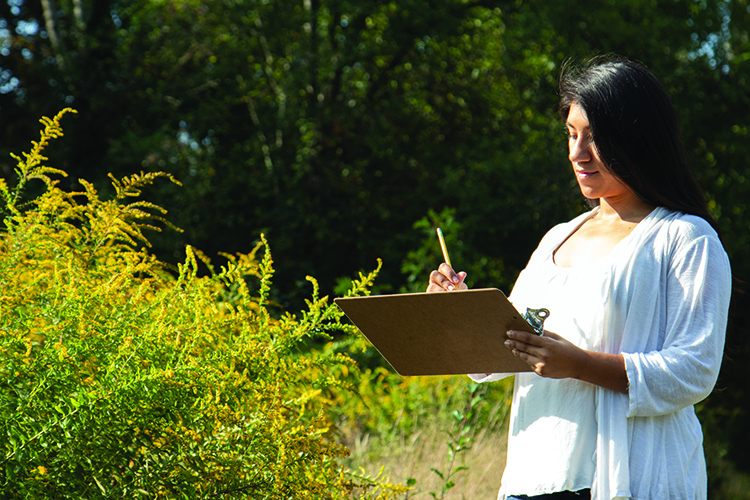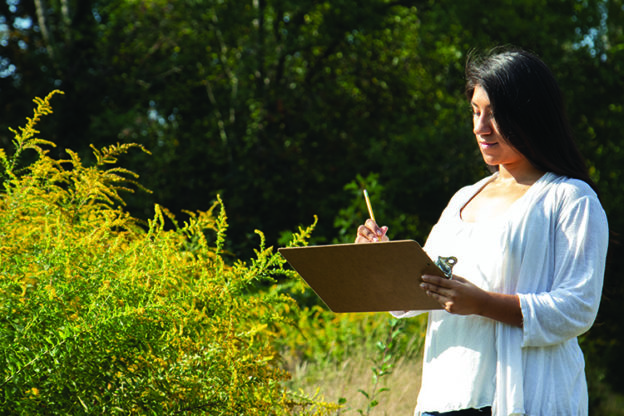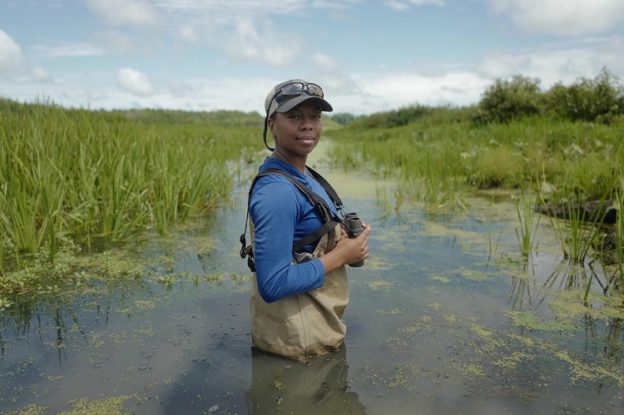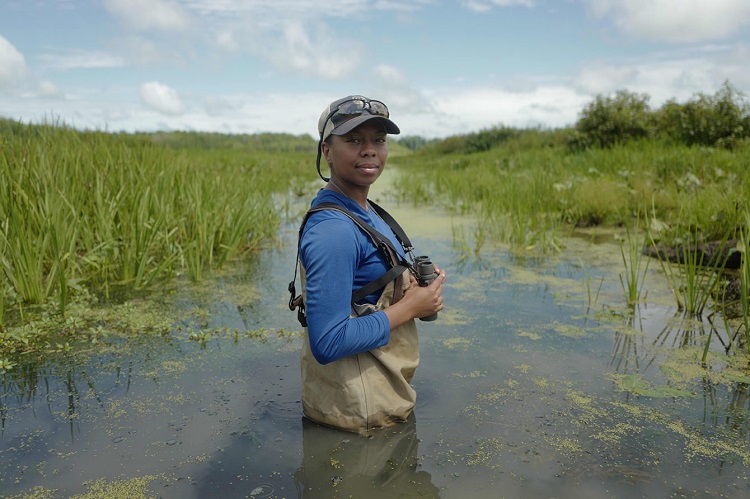
As schools are getting back in session, we want to honor recent graduate and Mass Audubon alum Maria Vasco, an environmental studies and sustainability major in the School for the Environment at UMass Boston.
Maria received the top two honors a graduating undergraduate can receive from the Massachusetts Department of Higher Education: the John F. Kennedy Award for Academic Excellence and the “29 Who Shine” Award, for her academic achievements, commitment to service, and good citizenship. As part of the JFK Award, Maria will have the opportunity to address the graduating class at their commencement ceremony, although the event was postponed due to COVID-19 safety concerns.
In her sophomore and junior years, Maria was the campus ambassador for Mass Audubon, organizing and leading climate cafes on the UMass Boston campus and at the Timilty Middle School in Roxbury and recruiting fellow students as part of a partnership between the university and Mass Audubon.
“I love to tell my fellow students about all the inspiring work that Mass Audubon is doing and inviting them to be a part of it, from attending Climate Cafes to pursuing environmental careers,” Maria said. “For many, it’s the first time they’re hearing about Mass Audubon, and they’re usually interested to learn more.”
Maria’s passion and leadership led the way for the partnership to grow and flourish recruiting students for a variety of internships, work-study placements, and summer jobs in conservation as well as nonprofit management roles. It’s a natural “fit” between Boston’s only public research university and Massachusetts’s leading nonprofit organization in conservation, environmental education, and advocacy.
In addition to her impressive academic accomplishments and important work with Mass Audubon, Maria is also an entrepreneur. She launched the UVIDA Shop webstore, which aims to help consumers reduce their plastic waste through the use of eco-friendly products like bamboo toothbrushes, reusable water bottles, and biodegradable glitter.
After graduation, Maria is continuing to build her business on the side while working for Exporta Technologies, a Harvard-based software-as-a-service (Saas) startup based in Cambridge.
Reflecting on her time working with Mass Audubon, Maria noted, “An important trait I have picked up…is to be confident in myself and make more of a push to leap into bigger opportunities.”
Congratulations to Maria! And best of luck in your bright future from all of us at Mass Audubon. Keep pushing for even bigger opportunities to advocate for people and the environment!




